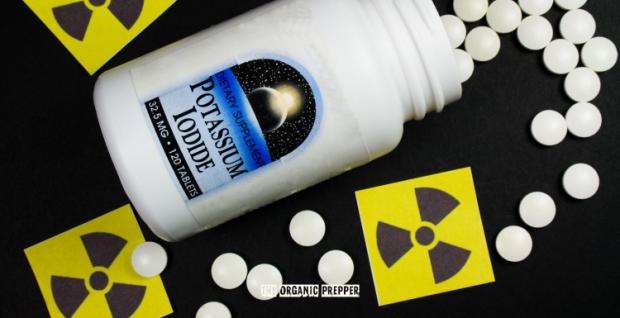
Breaking News
 LIVE ELECTION RESULTS: New York mayor, NJ & VA governor, Prop 50, Trump endorsements, latest vote
LIVE ELECTION RESULTS: New York mayor, NJ & VA governor, Prop 50, Trump endorsements, latest vote
 Sen. Markwayne Mullin Reveals Schumer Held Secret BACKROOM MEETING...
Sen. Markwayne Mullin Reveals Schumer Held Secret BACKROOM MEETING...
 RIP NYC - Muslim Communist Zohran Mamdani Wins New York City Mayoral Race
RIP NYC - Muslim Communist Zohran Mamdani Wins New York City Mayoral Race
 Dramatic Footage Shows UPS Cargo Jet Crashing At Louisville Airport
Dramatic Footage Shows UPS Cargo Jet Crashing At Louisville Airport
Top Tech News
 Japan just injected artificial blood into a human. No blood type needed. No refrigeration.
Japan just injected artificial blood into a human. No blood type needed. No refrigeration.
 The 6 Best LLM Tools To Run Models Locally
The 6 Best LLM Tools To Run Models Locally
 Testing My First Sodium-Ion Solar Battery
Testing My First Sodium-Ion Solar Battery
 A man once paralyzed from the waist down now stands on his own, not with machines or wires,...
A man once paralyzed from the waist down now stands on his own, not with machines or wires,...
 Review: Thumb-sized thermal camera turns your phone into a smart tool
Review: Thumb-sized thermal camera turns your phone into a smart tool
 Army To Bring Nuclear Microreactors To Its Bases By 2028
Army To Bring Nuclear Microreactors To Its Bases By 2028
 Nissan Says It's On Track For Solid-State Batteries That Double EV Range By 2028
Nissan Says It's On Track For Solid-State Batteries That Double EV Range By 2028
 Carbon based computers that run on iron
Carbon based computers that run on iron
 Russia flies strategic cruise missile propelled by a nuclear engine
Russia flies strategic cruise missile propelled by a nuclear engine
 100% Free AC & Heat from SOLAR! Airspool Mini Split AC from Santan Solar | Unboxing & Install
100% Free AC & Heat from SOLAR! Airspool Mini Split AC from Santan Solar | Unboxing & Install
How to Use Potassium Iodide After a Nuclear Emergency

By the author of Be Ready for Anything and the course Bloom Where You're Planted
Given the current concerns, you may be adding some emergency supplies that you are unfamiliar with to your pantry and medicine cabinet. This article explains how to use potassium iodide after a nuclear strike and addresses some frequently asked questions.
At the end, there's a link to a downloadable format of this article that you can print out to keep with your emergency supplies. I'm not a doctor – this article is based on research done on the FDA and CDC websites. Sources are cited at the end.
(You can find this information and more in our printable Nuclear Survival Anthology.)
(The abbreviation for potassium iodide is KI, which I'll use for the rest of the article.)
Why you need potassium iodide after a nuclear emergency
Aside from the immediate threats of a nuclear blast, the thyroid gland is the most susceptible organ to damage from radiation. Potassium iodide is a stable form of iodine (stable meaning it isn't radioactive.) If the thyroid gland is loaded with stable iodine, it can't absorb radioactive iodine. Radioactive iodine can cause cancer. Here's how the CDC explains it:
The thyroid gland cannot tell the difference between stable and radioactive iodine. It will absorb both. KI (potassium iodide) blocks radioactive iodine from entering the thyroid. When a person takes KI, the stable iodine in the medicine gets absorbed by the thyroid. Because KI contains so much stable iodine, the thyroid gland becomes "full" and cannot absorb any more iodine—either stable or radioactive—for the next 24 hours.
This doesn't protect your body from any other type of radioactive isotopes – only radioactive iodine. It won't undo the damage done by radioactive iodine, so you must begin taking it immediately for protection. If there is no radioactive threat, you should not take KI, as it can be harmful.
(For more information on how to survive a nuclear strike, check out our nuclear survival anthology.)
How do you take potassium iodide after a nuclear strike or other radiation emergency?
The sooner you begin taking KI after an emergency, the better. It works best if taken within 3-4 hours of an emergency.Here are the dosages recommended by the FDA.



